Arabica coffee beans characteristics and flavor taste? What is the difference between Arabica and Robusta coffee beans?
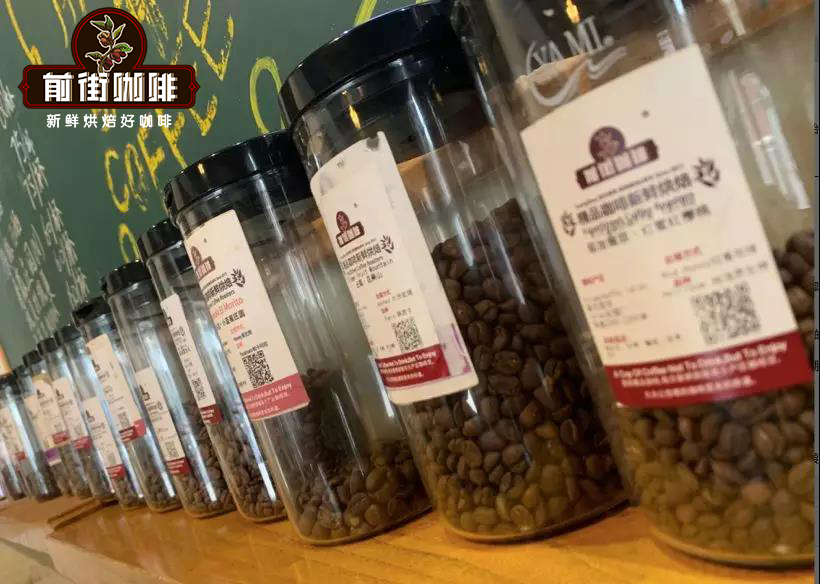
Professional coffee knowledge exchange More coffee bean information Please pay attention to coffee workshop (Weixin Official Accounts cafe_style)
Coffee advertisements often emphasize that they use 100 percent Arabica coffee. Yes, Arabica is superior in terms of price alone. Arabica beans cost twice as much as Robusta beans. How do Arabica's clade varieties compare? Today we are talking about Arabica coffee. Arabica Coffee Arabica coffee refers to Arabica coffee tree species, accounting for about 70% to 80% of the world's coffee production, mostly grown on fire slopes or plateaus above 500 to 1500 meters above sea level. Bean was oval, slender and flat, moderate sour bitter, mild aroma. Brazil is currently the largest grower of Arabica, while Colombia produces only Arabica coffee. Arabica is low in caffeine, about 0.9% to 1.2%, 60% more fat than Robusta coffee, and twice as much sugar; therefore, Arabica tastes sweet, soft, and slightly prune-like. Moreover, Arabica has low chlorogenic acid, about 5.5% to 8%. Chlorogenic acid can resist oxidation and is also an important component to resist pests. Therefore, Arabica is more susceptible to pests and is also susceptible to climate. It is generally planted at higher altitudes and bears less fruit.
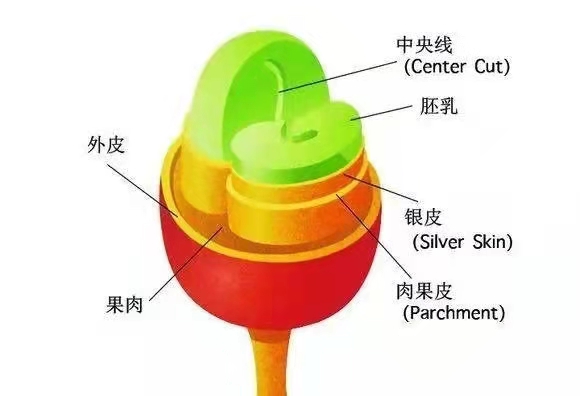
Arabica beans now account for 70% of the world's coffee production, and Arabica beans are recognized as good coffee beans, so what exactly does Arabica beans look like? A casual search on the Internet will reveal the distinguishing characteristics of Arabica beans from Robusta and Liberica beans. For Arabica, the bean shape is oval, slender and flat, with an "S"-shaped center line.
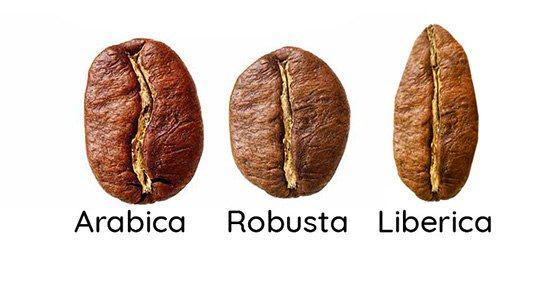
Like a regular Arabica fruit, it contains two coffee beans, so Arabica coffee beans have one side straight. Of course, there are exceptions, such as some coffee beans with only one coffee bean in a coffee berry, which show round and full. It's kind of like Rob's external phase. These are called round beans and are generally smaller than flat beans. If the normal flat beans are in 17-18 mesh, then the round beans are about 14-15 mesh. You think this is the end of the introduction? In fact, it has just begun. It is necessary to know that Arabica is a large variety classification. Under it, there will be many subdivided coffee varieties, such as iron pickup, bourbon, rose summer, etc., all of which have subtle bean image changes. As the oldest coffee variety, the shape characteristics of the iron coffee pickup are often used as model characteristics of Arabica varieties. It is the closest variety to the original species, the bean is oval, slender and flat, the center line is "S"-shaped, like an elongated egg, in Central America it is called Arabigo or criollo. It has a clean lemon sour taste, sweet aftertaste, low resistance to leaf rust, making it difficult to care, low seed set of trees, and a long harvest period (harvest once every 2 years), resulting in low yield.
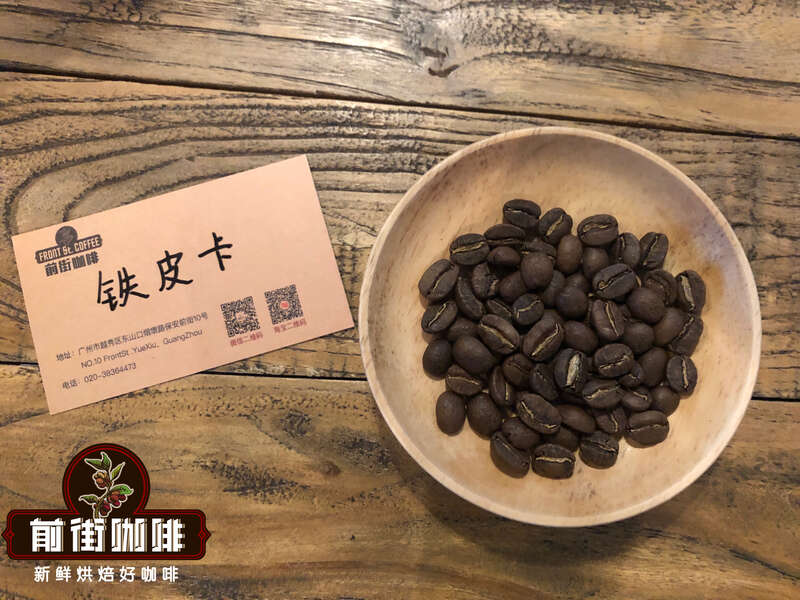
Of course, sometimes after some special treatment process will also change the appearance of coffee beans, such as Indonesia often used wet planing process, its biggest feature is in the washing process after the sheep skin peeling treatment and then drying, using the machine to open the sheep skin is easy to be squeezed by the machine, beans are easy to crack into sheep's hoof shape.
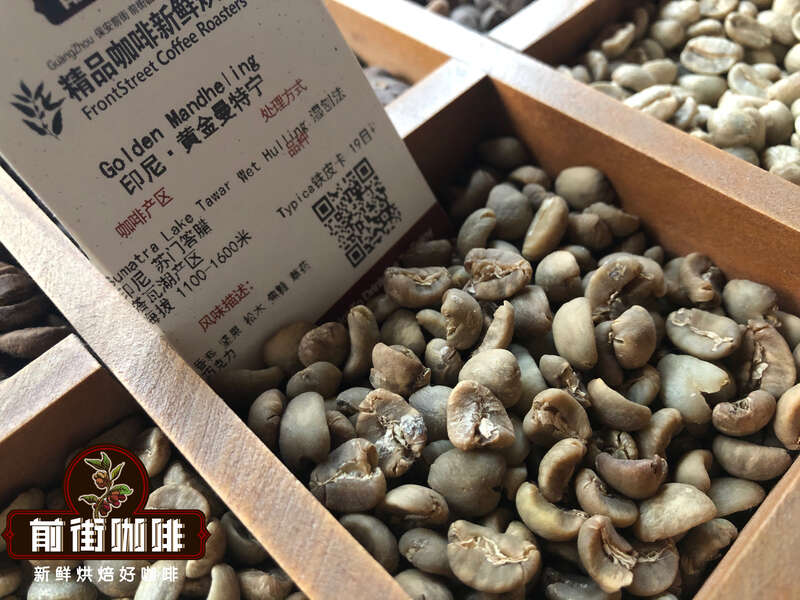
Elephant beans/Pakamala coffee elephant beans (Maragogype) belong to the natural variety of iron pickup, named because of its huge size, its bean length and square, flat, large size is its main feature, the general iron card size in 17-18 mesh or so, and most of the elephant beans can reach more than 20 mesh. It can be seen as a huge iron pickup truck.
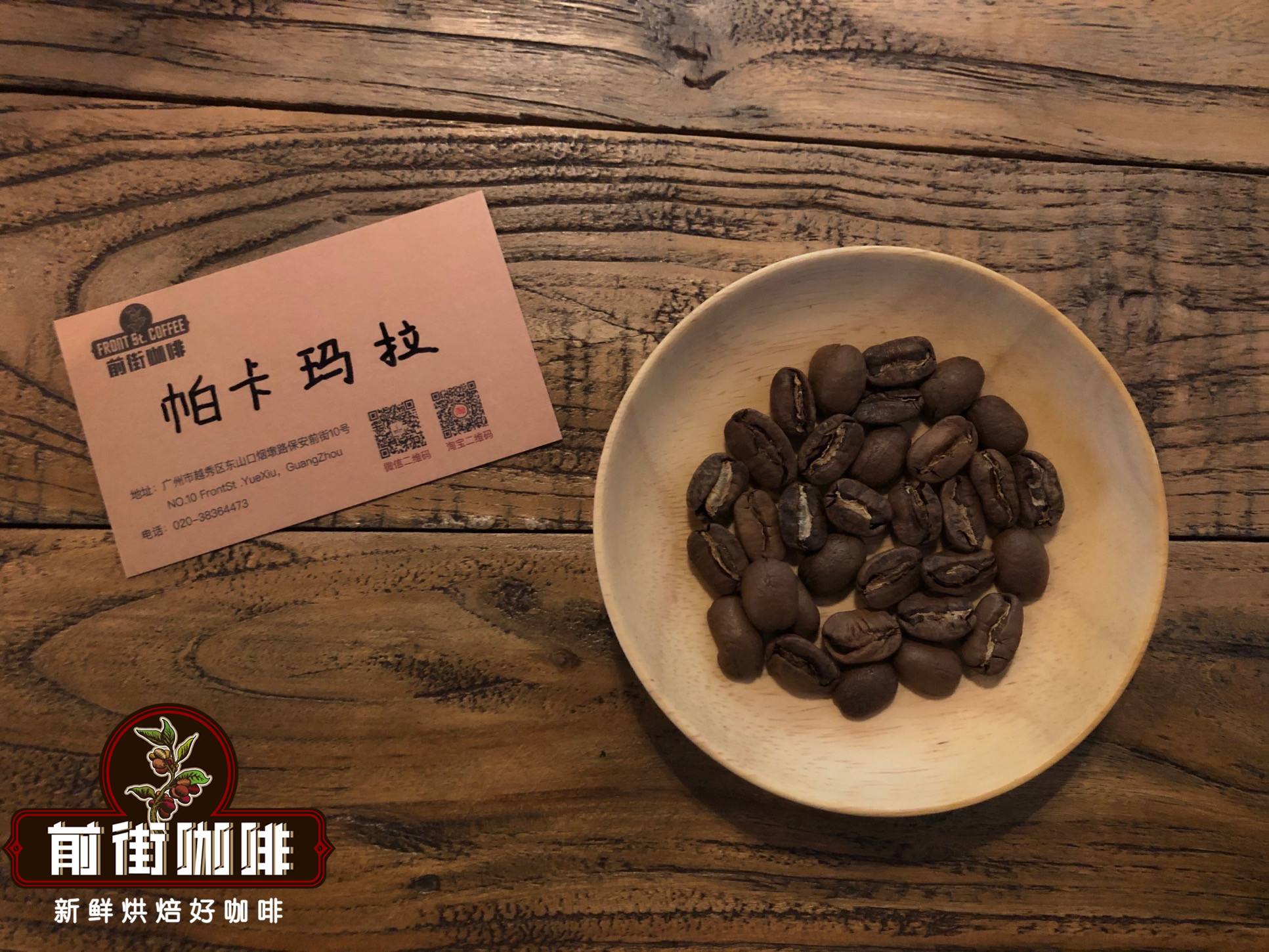
Pakamara is an artificial hybrid of Pakas and Elephantbean, inheriting Pakas 'high productivity, adaptability and Elephantbean's body shape and excellent acid quality. A normal Pakamala maintains 70% of its size. Bourbon is a natural variant of iron pickup, and the biggest change in coffee beans is from the original long body to the round body. That is, we often say round bourbon, particle size and iron pickup similar.
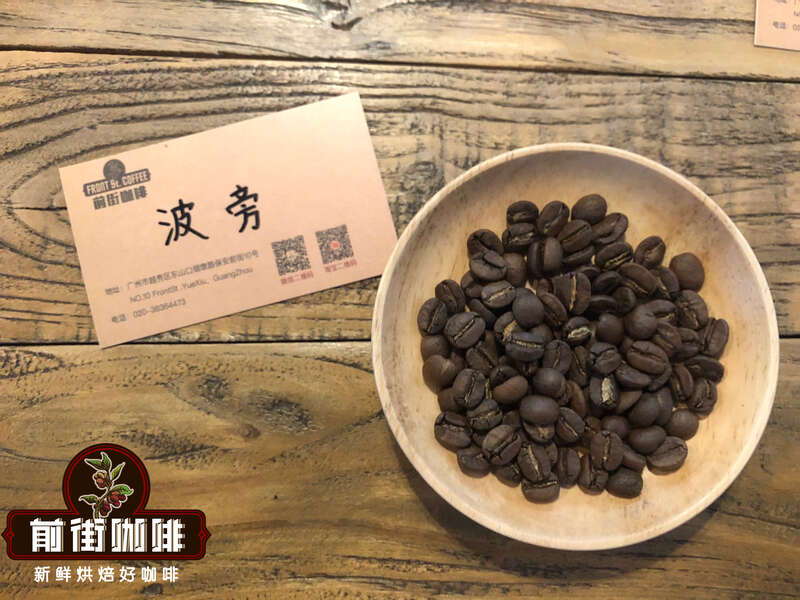
Some coffee experts think bourbon is just a natural variant of iron pickup, nothing special! But in fact, Bourbon has its own characteristics, and iron pickup also has a high-quality taste, like red wine sour, sweet aftertaste, can be distinguished from coffee tree leaves and bean appearance iron pickup and Bourbon, Bourbon leaves are relatively wide, firm coffee cherries are relatively small, relatively dense, so bean appearance for Typica is relatively small, relatively round. Its lineal single-gene variants, such as yellow bourbon, pink bourbon, kadura, parkas and vilasaki, all inherit the appearance characteristics of bourbon beans very well (Some Kadura, Pakas and Vilasaki have been artificially bred many times, and coffee beans will appear slightly longer than the body), and the biggest difference between plant characteristics and bourbon is that these three become smaller in size, and can grow well in the sun, without shade forest, so it is also called insolated coffee.
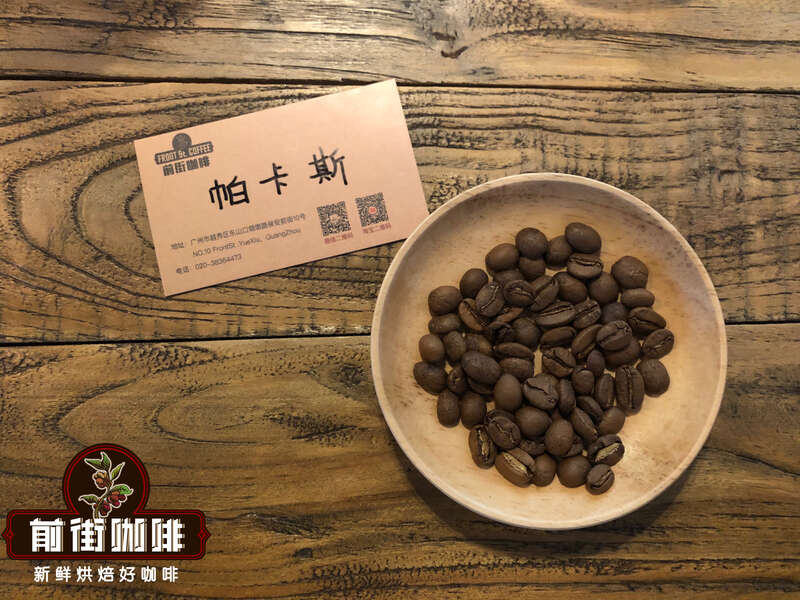
A variant of bourbon is dwarfed, the beans are different from traditional bourbon, they are pointed and long, and their caffeine is only half that of regular Arabica coffee. They are called pointed bourbon or natural decaf coffee. The Geisha coffee variety was discovered in 1931 from Ethiopia's summer forests. Rosewood was then sent to the Coffee Institute in Kenya, introduced to Uganda and Tanzania in 1936, Costa Rica in 1953, and Panama in 1970. Not much attention was paid to the rose until Panama Geisha Hacienda La Esmeralda separated it from the rest of the species in 2003 and became the BOP champion in 2004. The rose summer variety officially entered everyone's sight.
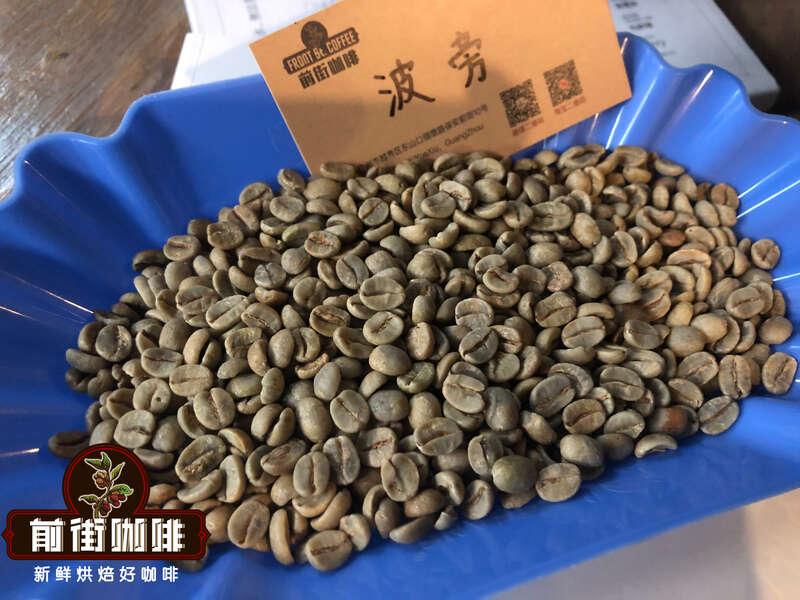
The appearance characteristics of Rose Summer Coffee should be written in two steps. The first is American Rose Summer, represented by Panama Emerald Manor. The second is Africa's summer, represented by Ethiopia's summer village garden. Emerald Manor is famous for its rose summer coffee. The most prominent features of its rose summer coffee appearance are slender, pointed at both ends, fat and plump in the middle. Some good quality rose summer even has the size of Pakamala (18-19 mesh), and its distinguishing characteristics are very obvious.
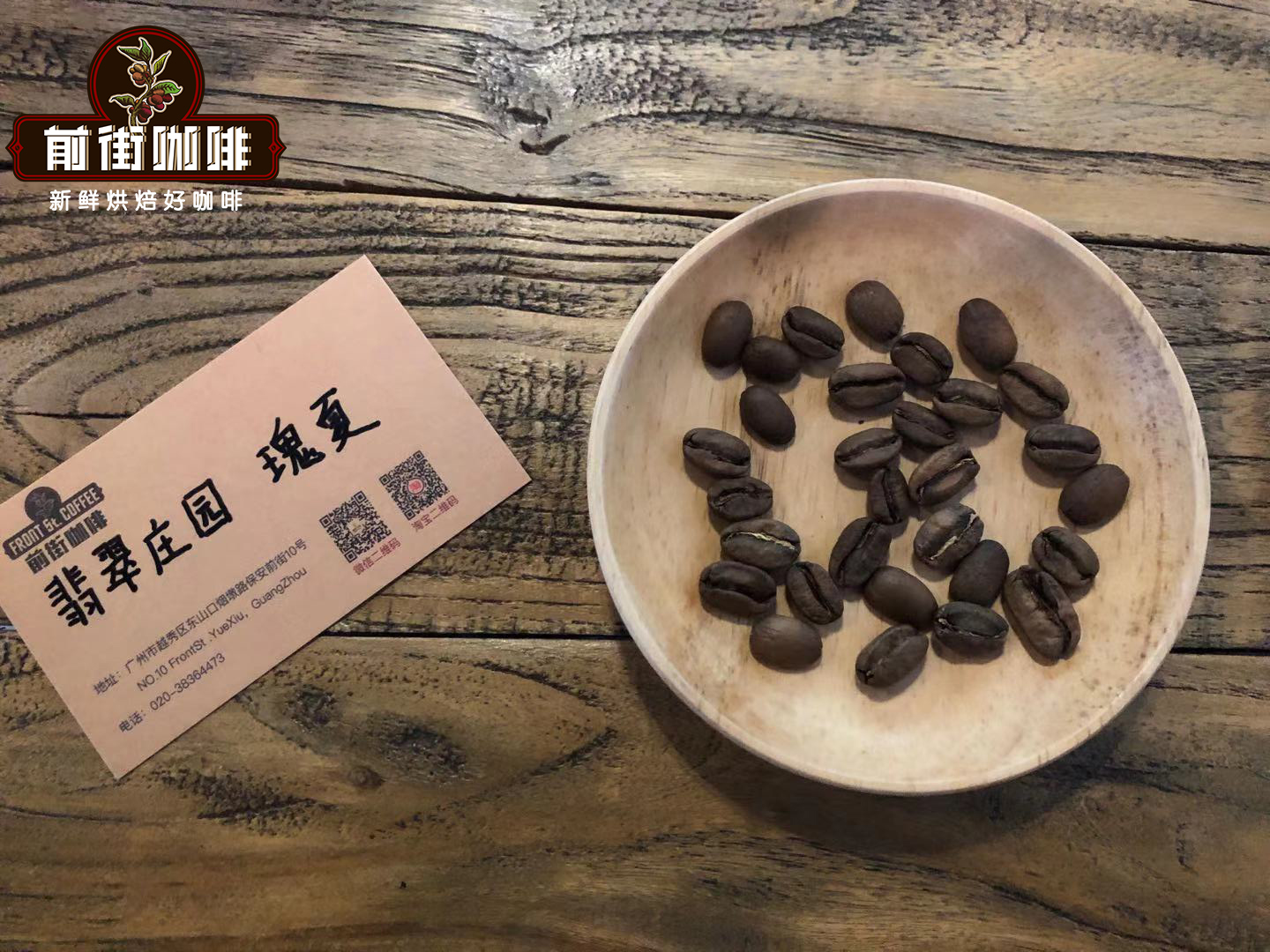
The summer coffee varieties of the Crescia Estate are Gori Crescia (found in the Gori Crescia Forest) and Crescia 1931 (selected from diverse forest populations similar to Panama Crescia). Its appearance shows that the bean body is longer, smaller than Panama rose summer, and its characteristics are not obvious.
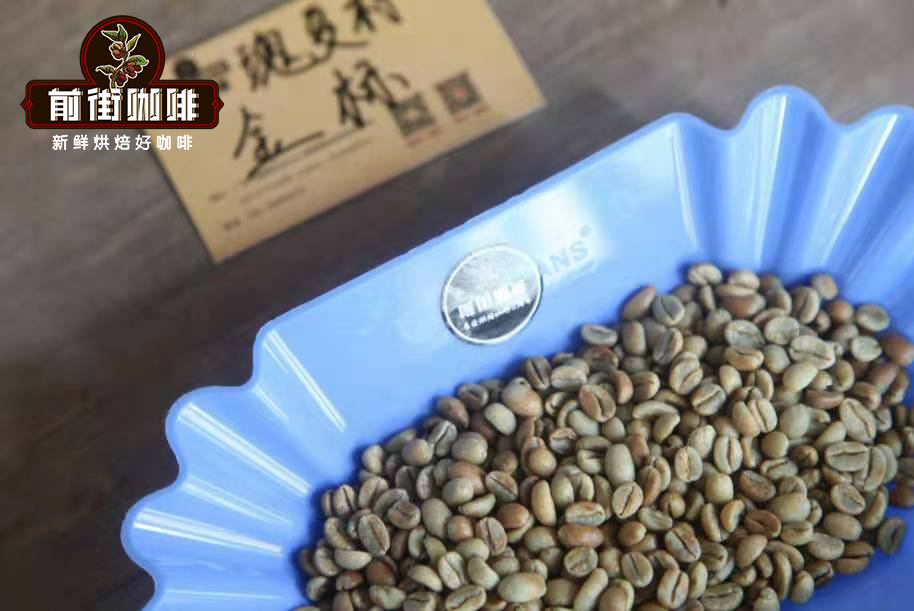
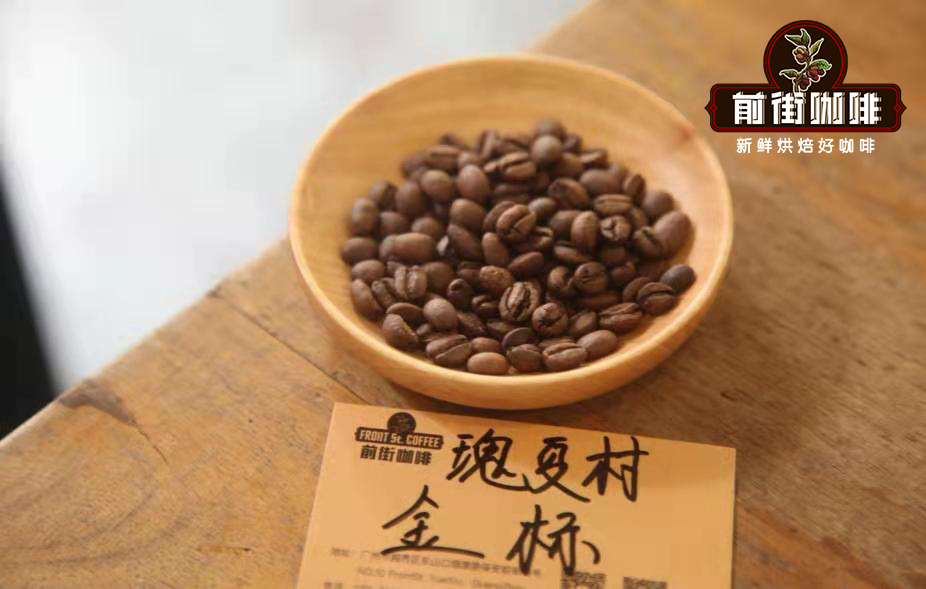
Rose summer coffee flavor is also very delicious, to emerald manor blue label, for example, this is very washed rose summer identification. The dry aroma has a slight floral smell, and after brewing, the wet aroma has a distinct fruity floral smell. The taste is obvious citrus acid, and the tea taste is medium. The preparation is like a jasmine tea.
More fine coffee beans, please add private WeChat Qianjie Coffee, WeChat: kaixinguoguo0925
Important Notice :
前街咖啡 FrontStreet Coffee has moved to new addredd:
FrontStreet Coffee Address: 315,Donghua East Road,GuangZhou
Tel:020 38364473
- Prev
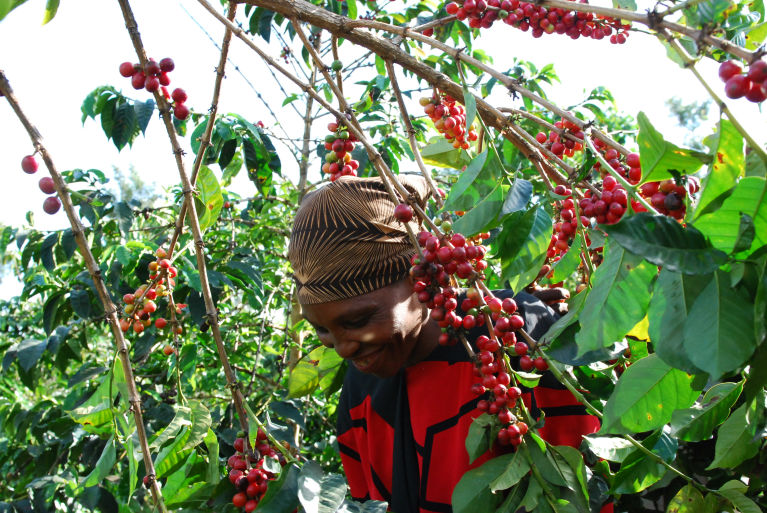
Kenya Karoguto AA | selected batches of Kenyan star processing plant, perfect grapefruit and citrus
For the exchange of professional baristas, please follow the coffee workshop (Wechat official account cafe_style) Kenya Karogoto AA Kenya Karoguto AA country Kenya (Kenya) Nyeri processing plant Karoguto processing plant (Karogoto) 1800 meters above sea level variety SL28, SL34 cooperative Tekangu FCS producer cooperative member small farmer 01 | production area
- Next
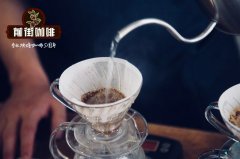
Is Arabica bean caffeine high? How to make Arabica coffee beans? Arabica coffee
Professional coffee knowledge exchange more coffee bean information please pay attention to the coffee workshop (Wechat official account cafe_style) Arabica beans caffeine content? How to make Arabica coffee beans? What is the flavor and taste of Arabica coffee? Arabica: expensive, supple, low-caffeinated coffee ads often emphasize their use of the 100% Elaraby
Related
- Detailed explanation of Jadeite planting Land in Panamanian Jadeite Manor introduction to the grading system of Jadeite competitive bidding, Red bid, Green bid and Rose Summer
- Story of Coffee planting in Brenka region of Costa Rica Stonehenge Manor anaerobic heavy honey treatment of flavor mouth
- What's on the barrel of Blue Mountain Coffee beans?
- Can American coffee also pull flowers? How to use hot American style to pull out a good-looking pattern?
- Can you make a cold extract with coffee beans? What is the right proportion for cold-extracted coffee formula?
- Indonesian PWN Gold Mandrine Coffee Origin Features Flavor How to Chong? Mandolin coffee is American.
- A brief introduction to the flavor characteristics of Brazilian yellow bourbon coffee beans
- What is the effect of different water quality on the flavor of cold-extracted coffee? What kind of water is best for brewing coffee?
- Why do you think of Rose Summer whenever you mention Panamanian coffee?
- Introduction to the characteristics of authentic blue mountain coffee bean producing areas? What is the CIB Coffee Authority in Jamaica?

